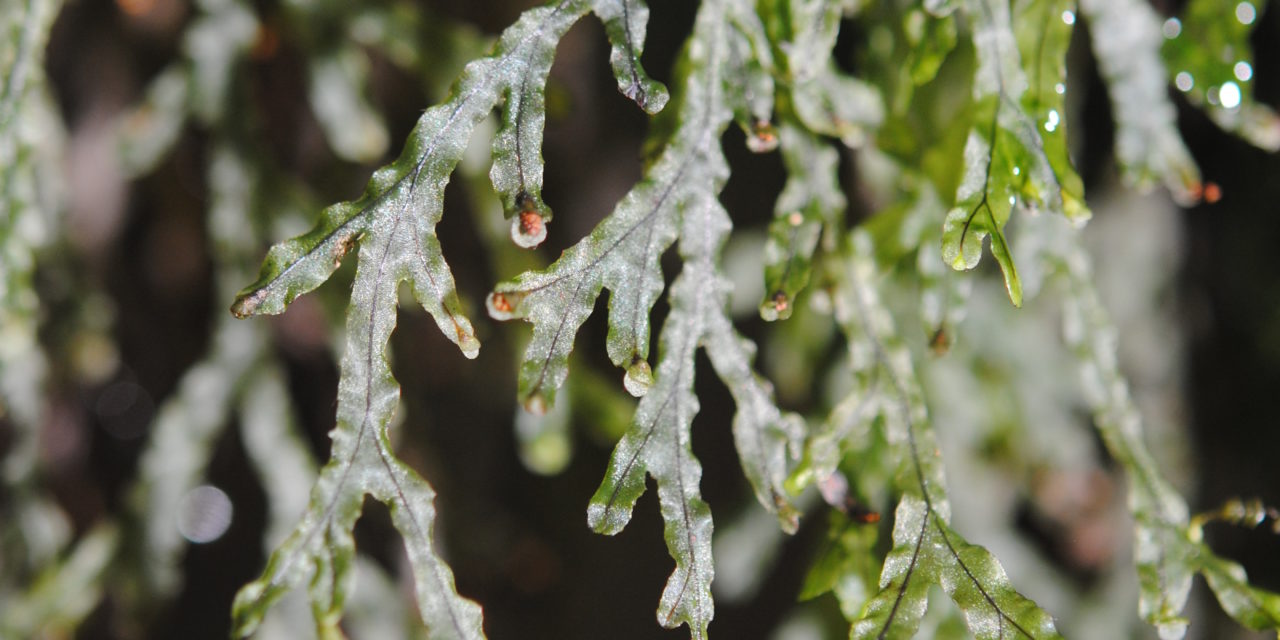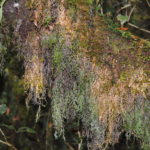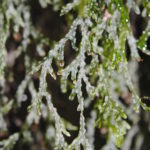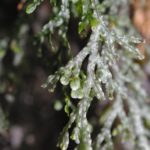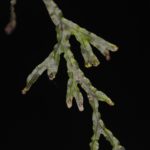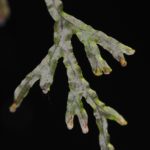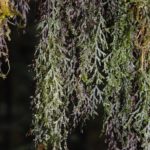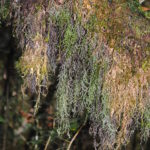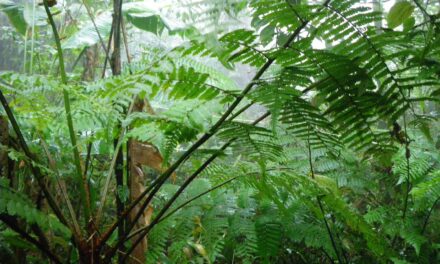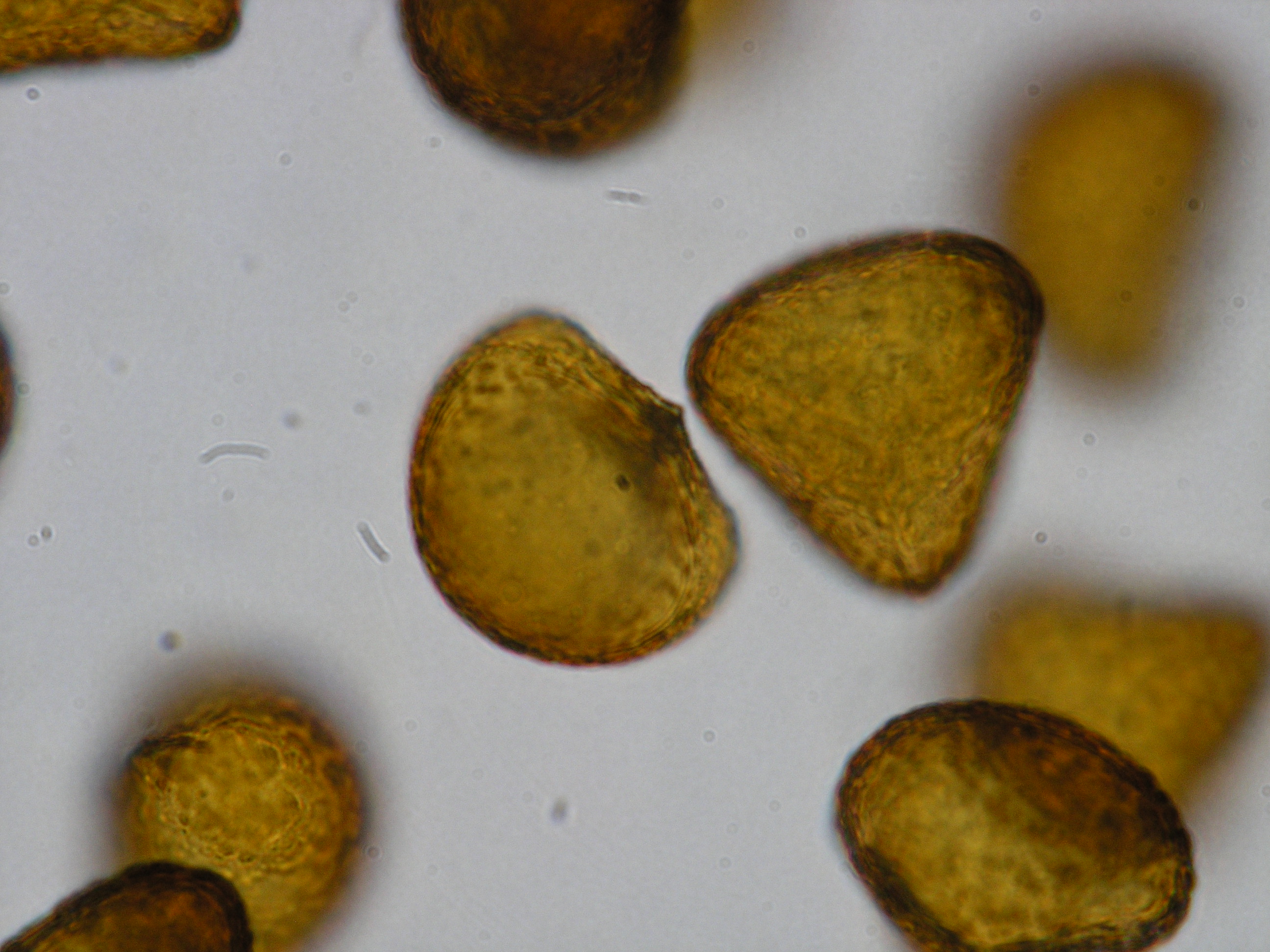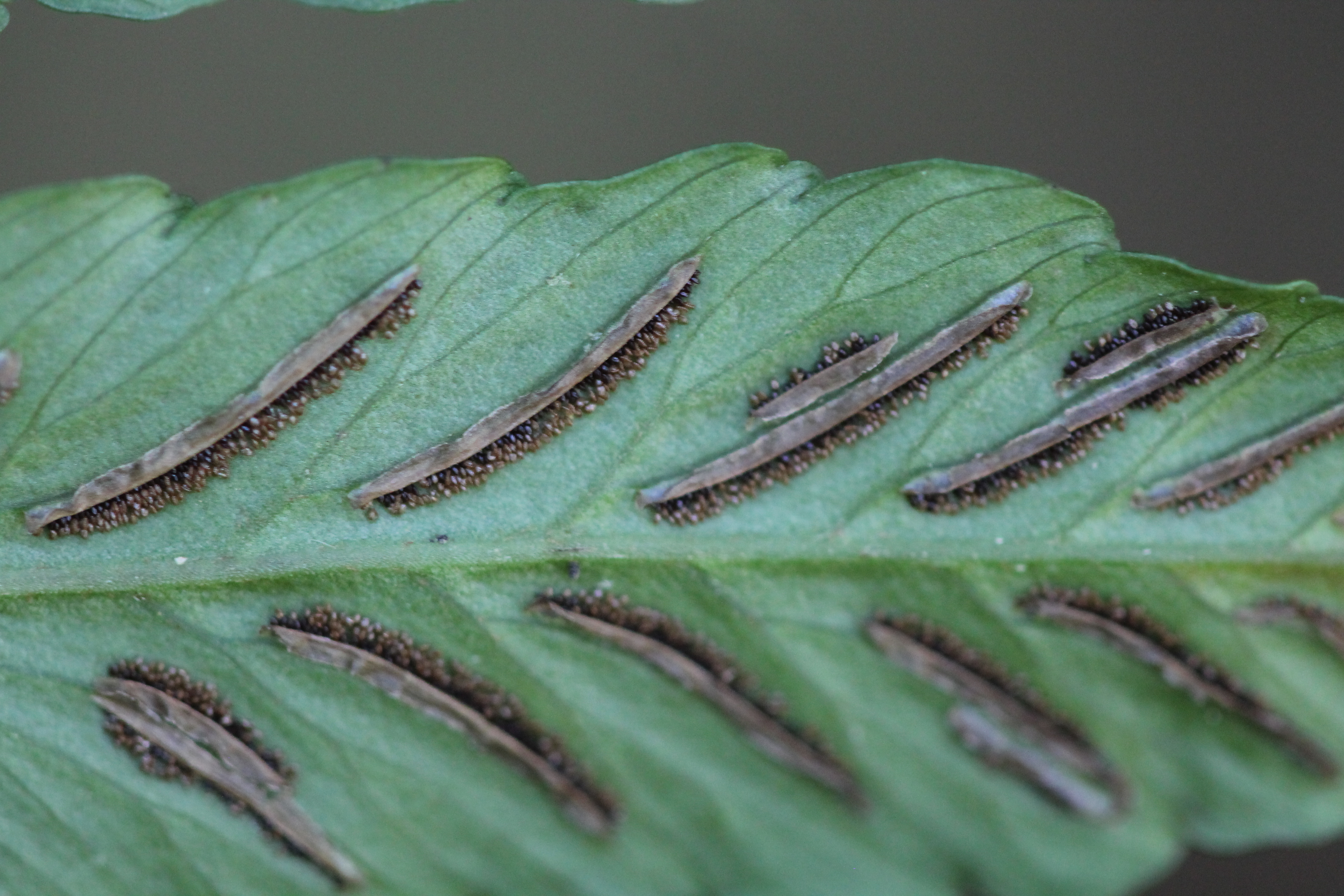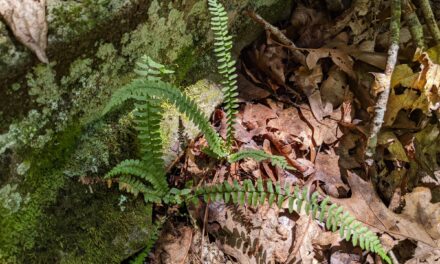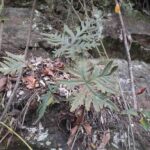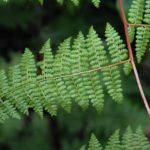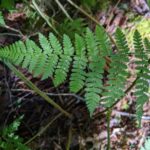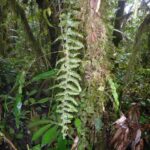This species have been treated in Trichomanes, Microtrichomanes, and Hymenophyllum subg. Sphaerocionium. I earlier applied the name Hymenophyllum dichotomum (Kunze) Fosberg, but my understanding is that Ebihara et al. (2004) would consider that species to be an elongate form of H. digitatum sensu lato. They report “All taxa possessing marginal setae are herein tentatively placed in H. digitatum. Typical forms of T. dichotomum and T. taeniatum are easily recognizable; however, intermediate forms between H. digitatum and these are often found. Braithwaite (1975) pointed out that leaf sizes were related to their ploidy; i.e., the tetraploid (n = c.72) has larger fronds than the diploid (n = 36). Our molecular data also suggest there is much genetic diversity within this complex, though their monophyly has been supported thus far.”
Ebihara, Atsushi, et al. “Polyphyletic origin of Microtrichomanes (Prantl) Cope.(Hymenophyllaceae), with a revision of the species.” Taxon (2004): 935-948.
Collection Data (M. Sundue 3744)
Classification & Common Names
- Class: Polypodiopsida
- Family: Hymenophyllaceae
- Genus: Hymenophyllum Sm.
- Species: Hymenophyllum digitatum (Sw.) Fosberg
- Var./Subsp.:
- Common name(s):
General Collection Data
- Date: 4-VIII-2014
- Primary Collector & #: M. Sundue 3744
- Collection Party: M. Sundue M. Lehnert D. N. Karger D. Quandt S. Noben K. Mar B.-C. Ho Y. Mei L. Lewis
- Det. History: M. Sundue
- Habitat: Montane rainforest with Pandanus palms and Nothofagus
- Habit: Epiphyte
- Specimen Locations: LAE, VT
Additional Comments
Collection Location
- Location: Bundi – – – Madang – Papua New Guinea.
- Coordinates: 5°45'32.3346"S, 145°11'9.9342"E
- Elevation: 2200 m

